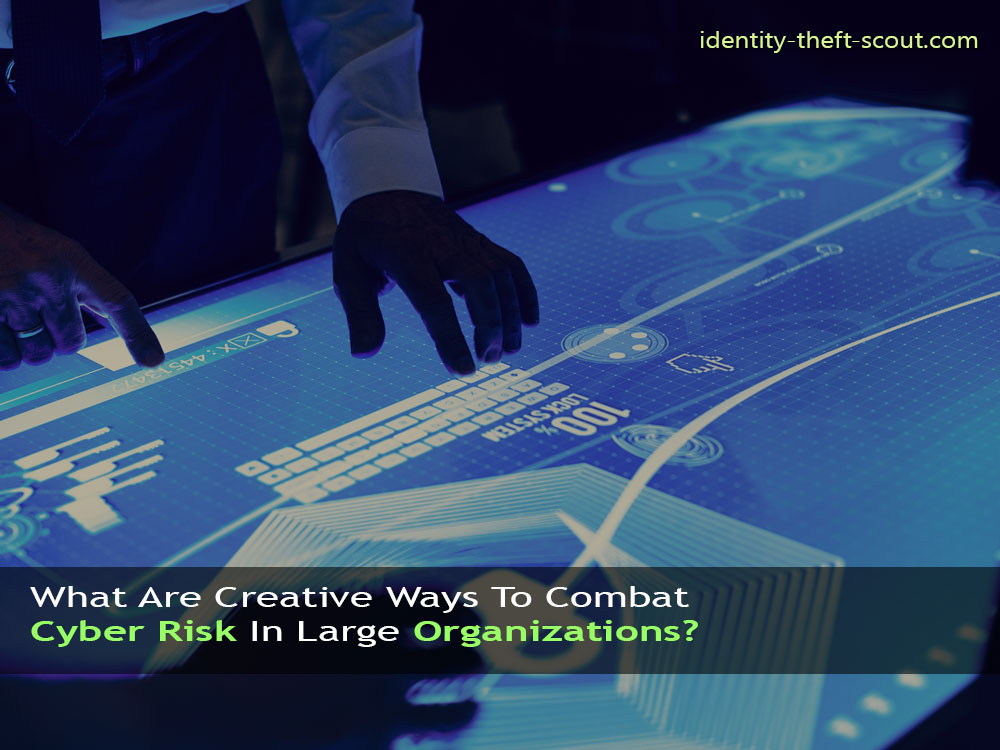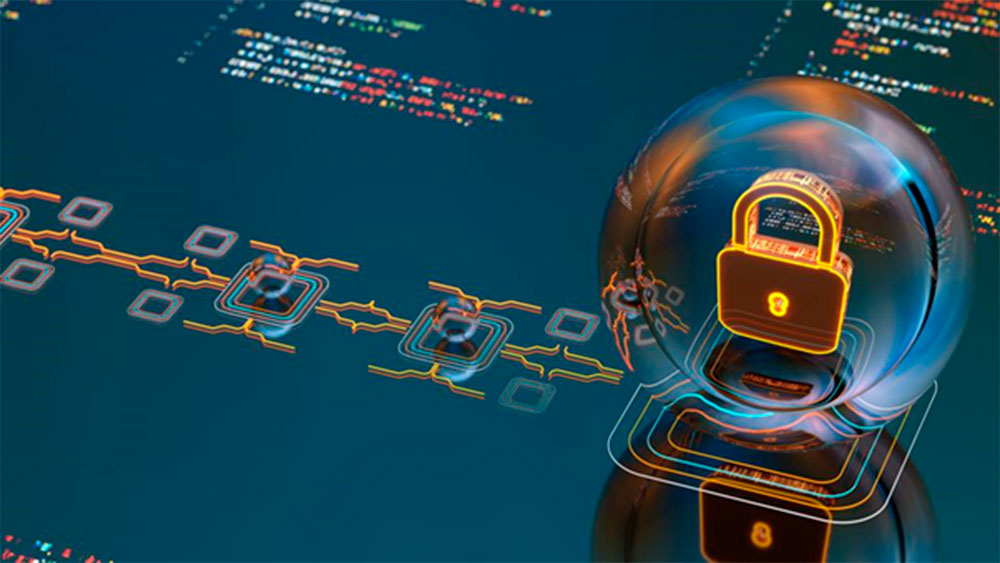
New threats emerge each hour of every day in today’s technological world. When you connect to the Internet, you leave yourself open to the prospect of a hacker targeting your company. Cybercrime has become a huge business, and corporations and governments around the world are focusing on cyber risk. If a company’s cybersecurity plan is not up to par, it faces significant financial and reputational concerns.
According to the ‘Cyber Security Breaches Survey 2018,’ nearly four out of ten enterprises (43%) and two out of ten charities (19%) in the UK have experienced a cyberattack. According to the survey, 38% of small firms have spent no money to safeguard themselves against cybersecurity threats.
According to a separate report, a third of UK small firms are risking their internet security by operating at or below the “security poverty line.” Sending fake emails and impersonating corporations online were the most common sorts of cybercrime activity. In the Internet Security and Threat Report, malicious emails were also discovered to be the most common type of cyberattack. According to research provided by the Ponemon Institute, the total average cost of a data breach in 2019 is $3.92 million.
1) Security from External Attack and Malicious Software
New dangers develop on a regular basis, and each organization must ensure that it is prepared to deal with a constantly changing threat landscape. A few of the more important system functions and solutions used to help mitigate these harmful attacks are as follows:
- Firewalls are software (and sometimes hardware) that safeguard a system from being hacked by someone using both internal and external communication lines to gain access to the organization’s systems.
- Web proxy and Spyware/Malware security solutions guard against software code that comes through pop-up windows or has more insidious intentions, like logging passwords and usernames for deceitful purposes.
- Anti-spam software keeps unsolicited broadcasted emails out of inboxes. The anti-phishing application protects users who visit websites that are meant to capture user information and utilize it fraudulently.
All are required in any well-managed system that employs a defence-in-depth strategy. The cost of an attack, which might include data loss, fraud, and the expense of reconstructing systems, must be compared to the cost of defending against such threats.
It is suggested that you pick a reputable, well-known source. Although some companies claim to provide these services, the utilities themselves may include malicious malware. When utilizing free software or software from an anonymous vendor, be cautious.
In general, it is advisable to use the utilities advised by the company’s systems integration (technical support) team, as they will be responsible for maintenance, configuration, and installation.
The maintenance of these programs is crucial. Each day, new malicious programs are released. It is essential to keep these applications up to date. As new harmful applications are released every day it is critical to ensure that these modifications are correctly implemented.
2) Plans for Hardware Maintenance
Hardware suppliers must have maintenance contracts in place so that hardware problems can be immediately addressed. The service levels which the supplier would achieve in the case of failure must be specified in these contracts. Servers, switches, and backup technologies are examples of critical hardware that require immediate care. Many contracts stipulate a four-hour response time in the event of component failure. Individual workstations, for example, can have longer reaction times than other, less crucial hardware.
Some businesses, particularly those in distant locations, purchase key components with a higher failure rate, like power supply, as spare parts that can be promptly replaced if one fails. Firms that depend on maintenance contracts must make sure that the support business has enough spare components on hand to meet their service level commitments.
The external IT support company’s quality is crucial in ensuring that the systems are properly supported and implemented. The following are some of the factors to consider while choosing a suitable firm:
- Their experience and knowledge with the operating system and hardware configuration of the firm.
- Their knowledge of and expertise with the application software used by the firm.
- Certifications from key hardware and software businesses, provide confidence about the competence of the organization’s employees.
- The number of employees in the firm who have the necessary knowledge to support the system — is important since relying on a single person can lead to major delays and costs if that person is unavailable for any reason.
- Their ability to provide low-cost remote support services, enabling quick problem resolution.
- Due diligence and vendor risk management are required to ensure that the third party is meeting the organization’s expectations.
3) Documentation and People
Every company should devise a strategy to reduce the risk of essential personnel becoming unavailable in the case of a system failure. Maintain a list of backup technician contact information. Document and keep up-to-date the configuration of software and hardware applications so that a new technician may quickly recreate the system.
4) Procedures and Policies
Within a corporation, proper IT governance methods are important. Implement structured risk assessment policies and processes to guarantee that systems are not abused and that applicable policies are reviewed and modified on a regular basis to reflect the most recent risks. This includes creating incident response rules and procedures for effectively responding to, accounting for, and mitigating the cost of a potential breach.
The organization’s risk management system should include ongoing education for all employees on technological hazards, with security breaches being mitigated because of education and policies being promulgated to all levels of staff. Policies must include, but not be limited to, the following:
Management of User Accounts: Confidential data and IT systems are protected from unauthorized users through policies and rules for all levels of users; processes to ensure the timely detection of security incidents, and Confidential data and IT systems are protected from unauthorized users.
Data Management: Creating efficient systems for managing repositories, data recovery and backup, and media disposal. Corporate data availability, timeliness, and quality can all be improved with good data management.
Risk Management and IT Security: Information integrity and IT asset protection are maintained through a process. maintaining and Establishing IT security responsibilities and roles, processes, standards, and policies are all part of this process.
Individual jurisdictions are likely to have enacted legislation requiring the implementation of specific policies or specific issues within a policy. The following policies apply to internet use, e-mail use, system use, and remote access.

5) Policy for Using the System
A system use policy lays out the guidelines for how an organization’s IT systems can be utilized. The following are some examples of policy factors to consider:
- Passwords must be used on all platforms, including tablets and phones, and passwords must be changed on a regular basis. Passwords may not be shared with other team members or other parties.
- Copying organization data and removing it from the office without permission is prohibited.
- Memory/USB stick encryption
- The equipment’s physical security.
- During business hours, the system can be used.
- Outside of office hours, if allowed rules for using the system privately.
- Multifactor authentication – To authenticate the user’s identity for login, more than one type of authentication from different categories of credentials is used.
6) Email Usage Policy
The following are a few examples of elements to consider in an e-mail use policy:
- The usage of personal email accounts for business purposes is prohibited.
- Opening unknown-source email attachments are forbidden (as they may contain malicious software).
- Accessing other individual email accounts is prohibited.
- Passwords to email accounts are not to be disclosed.
- Excessive personal usage of the firm’s email is prohibited.
- The organization will monitor email, according to policy notification.
7) Internet Usage Policy
The following are a few examples of elements to consider in an internet use policy:
- Using the Internet solely for business purposes.
- Notification about the organization’s capacity to monitor Internet usage.
- Access to sites that offend a person’s religion, nationality, gender, sexuality, or politics is prohibited.
- Assuring that downloads are only made from a secure and reputable source.
- Downloading executable (software) files is prohibited because they may include harmful software, as is downloading unauthorized software, movies, or music.
- To reduce the risk of spam, it is forbidden to provide the user’s business email address.
- Violation’s consequences
8) Remote Access Policy
The following are some examples of elements to think about while creating a remote access policy:
- External access requires approval.
- External access charges are reimbursed.
- Security measures (password disclosure, third-party system use, disconnection from other networks while accessing the organization’s systems, use of firewalls, and appropriate software to protect the remote system from malicious attack, and multifactor authentication)
- Physical equipment security provided by the organization, like laptops.
- Any probable security breach, illegal access, or disclosure of the organization’s data must be reported.
- The agreement is that the organization can track the external user’s activities to spot odd patterns of usage or other suspicious activity.
- Noncompliance Consequences.
Conclusion:
In this article, we have learned various policies, plans, and security measures which can assist the firms in defending from risk associated with cyber-attacks. We hope you have gained the required knowledge and assistance to deal.
Author Bio: Karna Jyoshna, Postgraduate in Marketing, Digital Marketing professional at HKR Trainings. I aspire to learn new things to grow professionally. My articles focus on the latest programming courses. You can follow me on LinkedIn.















